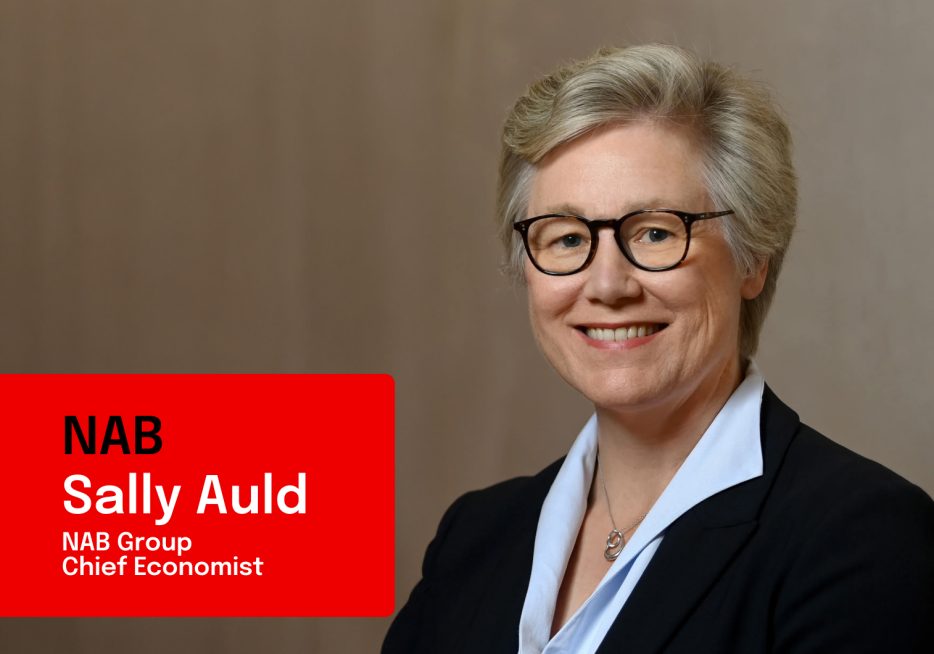We hear from NAB Group Chief Economist, as she shares her latest economic update. Watch now.


Want to maximise your retirement savings? Property investment through a Self Managed Super Fund could be an effective way to save for your retirement and may be tax effective.

As the end of the financial year approaches, we start to think about how we could have set more money aside for our retirement and start to plan for the new financial year.
Well, consider this – property investment through a Self Managed Super Fund (SMSF). The popularity of SMSFs has surged in recent years. Why? The main appeal is investment freedom, including the ability to invest directly into residential or commercial property – an option not generally available with other super arrangements.
But before making a decision, there are a number of issues to consider. While successful property investing can be challenging enough in the current and prospective market climate, holding this asset type in an SMSF can add a layer of complexity.
Depending on your circumstances, it can be more tax-effective to buy a property through an SMSF, rather than buying one outside super. This is because rental income is taxed at the superannuation tax rate of 15 percent. And once you retire, the SMSF can pay you a pension, which could potentially be tax-free.
When the property is eventually sold, capital gains are effectively taxed at 10 percent (if owned for 12 months or more) and potentially tax-free if a pension has started.
“Investors shouldn’t go down this path if they want to buy a residential property for their own enjoyment or run a property development business through their fund,” warns Iain Rogers, Head of Wealth, nabbusiness.
As well as determining if an SMSF is right for you, rules need to be understood for property held in an SMSF, including but not limited to the following:
“It’s generally not possible to replace or redevelop a property that’s subject to an LRBA if the work done changes the character of the property,” notesRogers. “A key exception is where the property gets damaged by events such as fire or flood and proceeds from an insurance policy are used to redevelop or replace the property.”
Property investment rules differ within a superannuation environment, so financial advice is essential to ensure decisions made are compliant and reflect your investment strategy.
With all of the current uncertainty regarding superannuation legislation, it’s essential that you engage a Financial Planner to navigate the complexities of an SMSF. They can help ensure that your strategies are appropriate and enduring.
Do’s
Don’ts
Find out more about financial planning.
This article was first published in Business View Magazine. Read other Business View Magazine articles.
© National Australia Bank Limited. ABN 12 004 044 937 AFSL and Australian Credit Licence 230686.